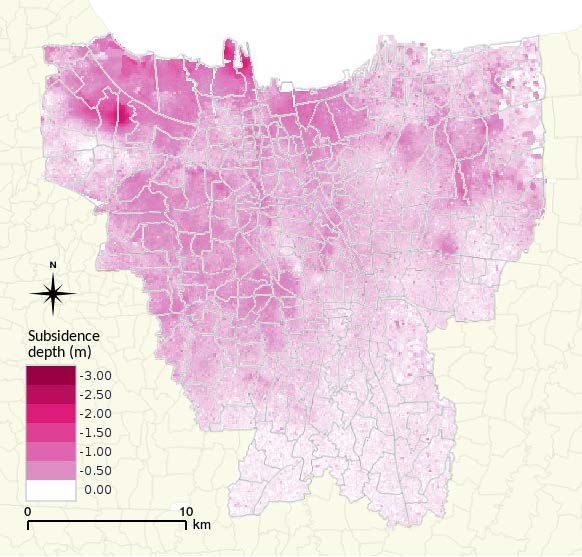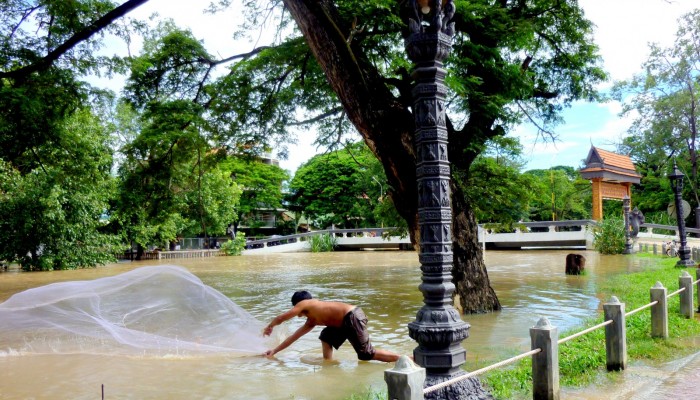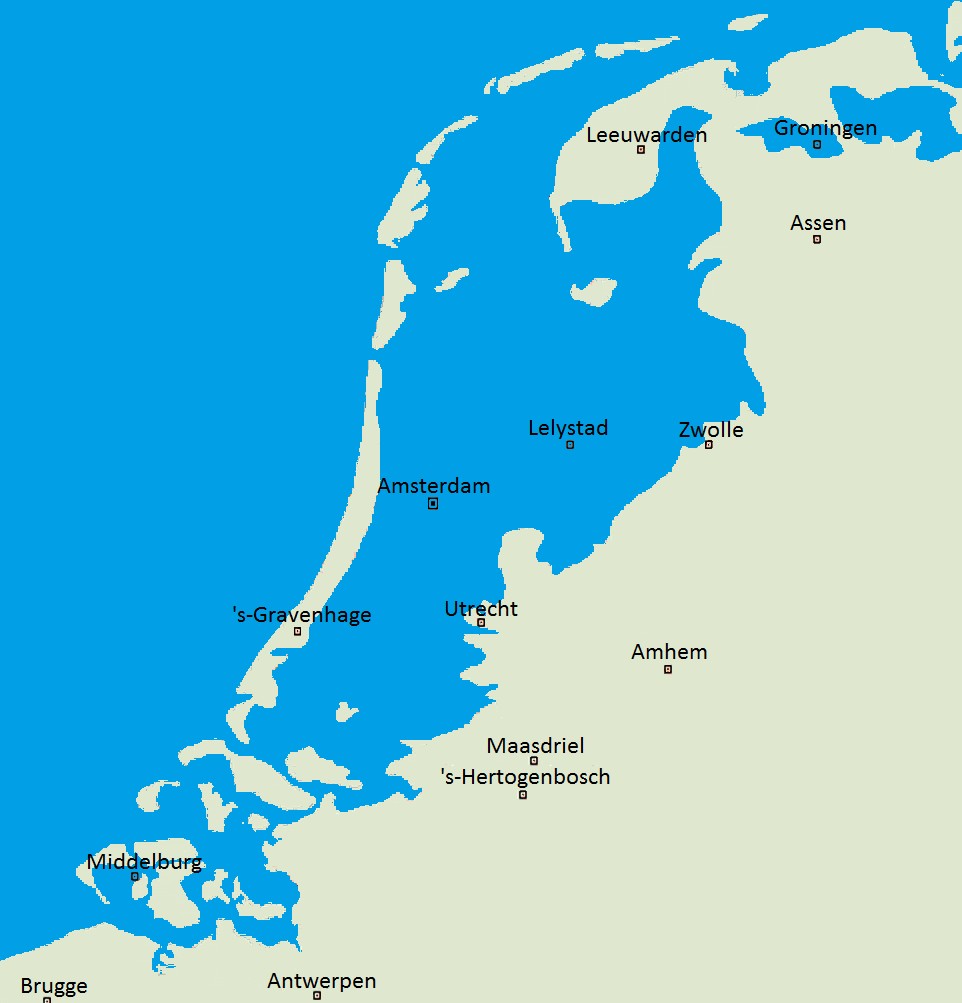Words on Wednesday aims at promoting interesting/fun/exciting publications on topics related to Energy, Resources and the Environment. If you would like to be featured on WoW, please send us a link of the paper, or your own post, at ERE.Matters@gmail.com.
***
Budiyono, Y., Aerts, J. C. J. H., Tollenaar, D., and Ward, P.: River flood risk in Jakarta under scenarios of future change, Nat. Hazards Earth Syst. Sci. Discuss., 3, 4435-4478, doi:10.5194/nhessd-3-4435-2015, 2015.
Abstract:
Given the increasing impacts of flooding in Jakarta, methods for assessing current and future flood risk are required. In this paper, we use the Damagescanner-Jakarta risk model to project changes in future river flood risk under scenarios of climate change, land subsidence, and land use change. We estimate current flood risk at USD 143 million p.a. Combining all future scenarios, we simulate a median increase in risk of +263 % by 2030. The single driver with the largest contribution to that increase is land subsidence (+173 %). We simulated the impacts of climate change by combining two scenario of sea level rise with simulations of changes in 1 day extreme precipitation totals from 5 Global Climate Models (GCMs) forced by 4 Representative Concentration Pathways (RCPs). The results are highly uncertain; the median change in risk due to climate change alone by 2030 is a decrease by −4 %, but we simulate an increase in risk under 21 of the 40 GCM-RCP-sea level rise combinations. Hence, we developed probabilistic risk scenarios to account for this uncertainty. Finally, we discuss the relevance of the results for flood risk management in Jakarta.

Spatial distribution of projected total land subsidence over the period 2012–2025.


